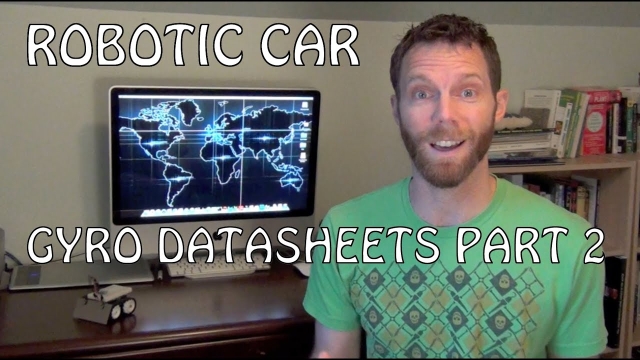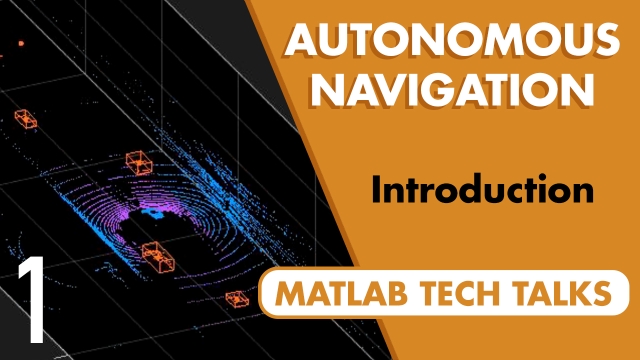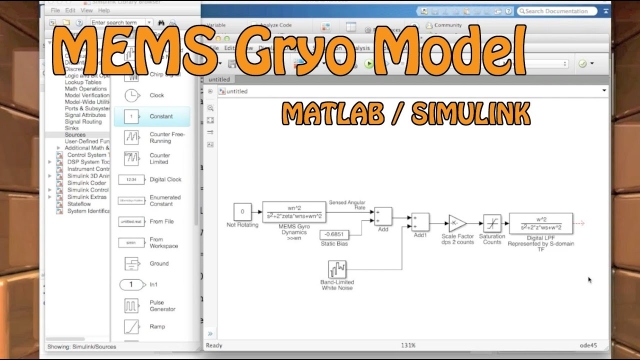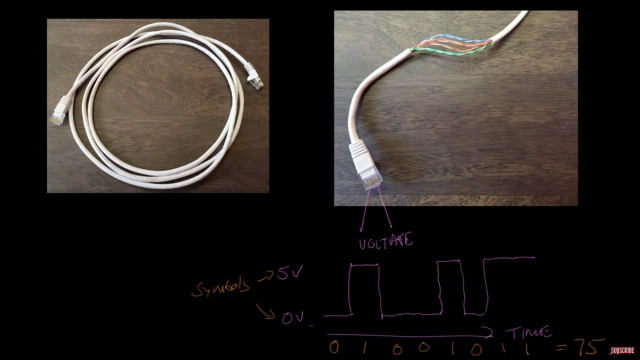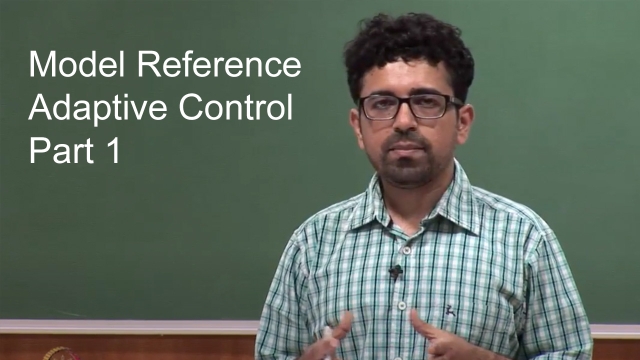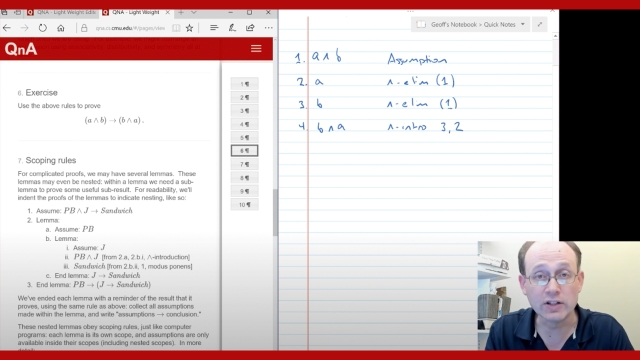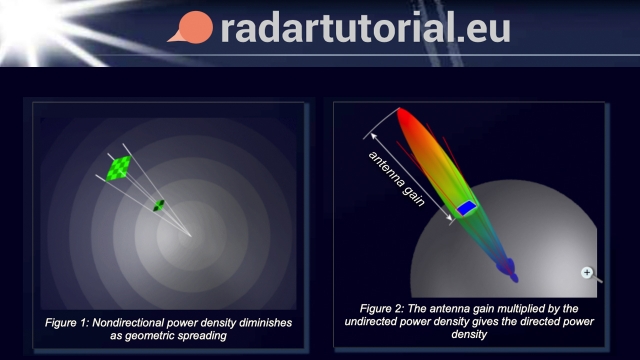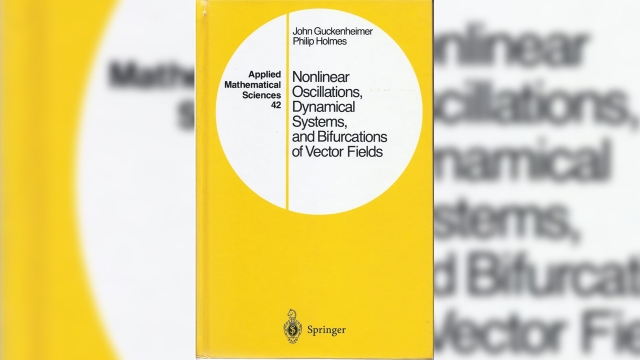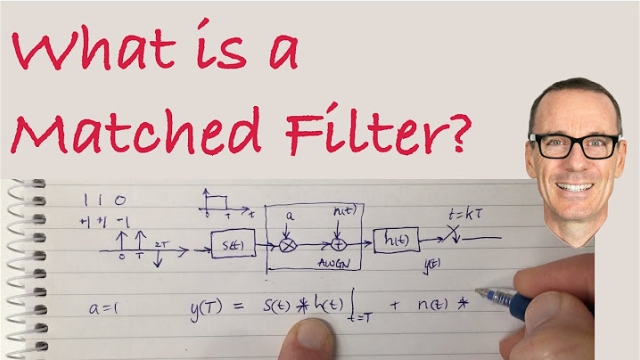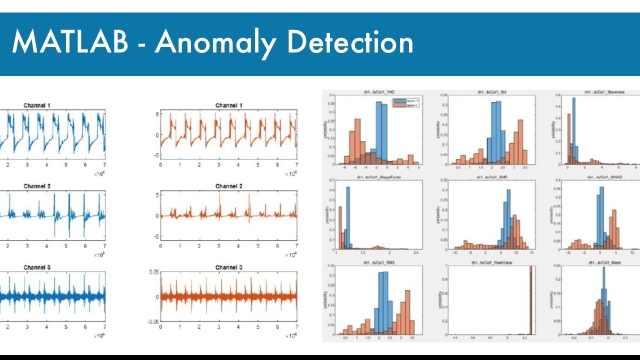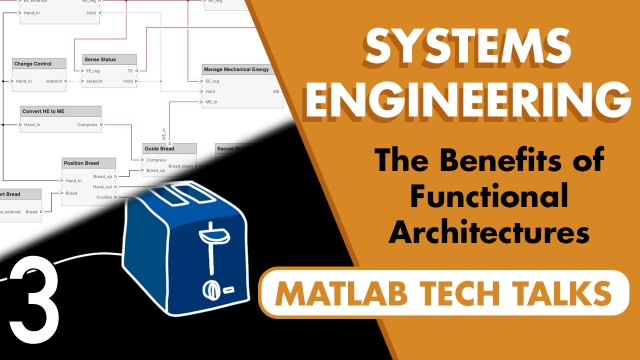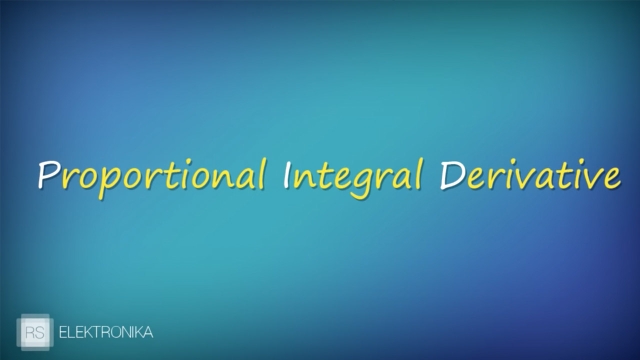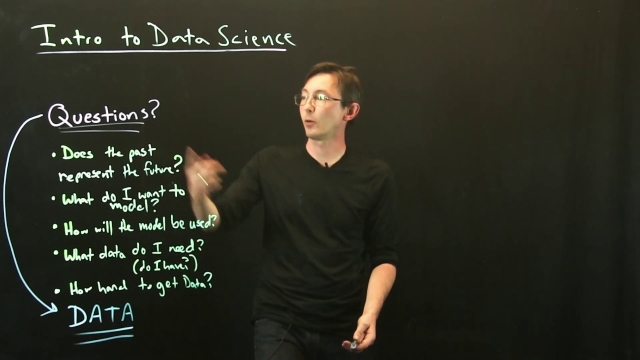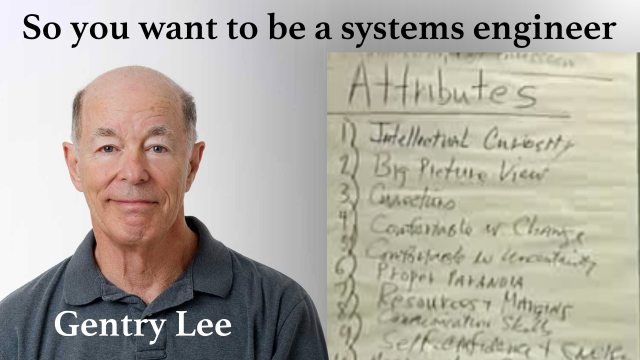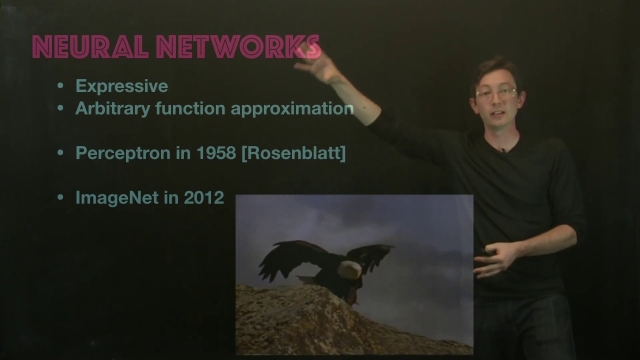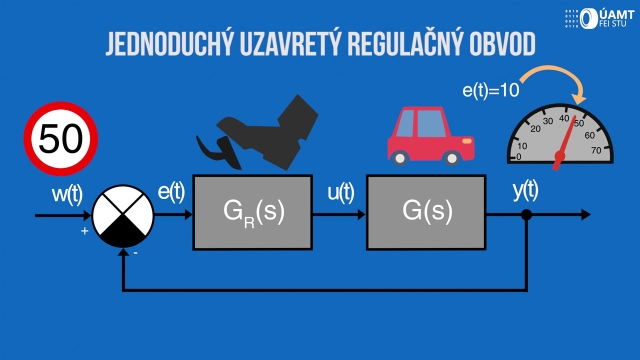
Solving Systems of Equations Using the Optimization Penalty Method
In this video we show how to solve a system of equations using numerical optimization instead of analytically solving. We show that this can be applied to e...
See MoreInverted Pendulum on a Cart [Control Bootcamp]
In this video, we introduce an example system to control: an inverted pendulum on a cart. We describe the state-space, find the fixed points, and simulate the system in Matlab. Because the...
See MoreRobotic Car - How to read Gyro Datasheets (Part 2)
Have you ever been lost trying to understand the information in a gyro datasheet? This video should help! In this second part I explain the purpose of a buffer for a MEMS gyro and explain...
See MoreAutonomous Navigation, Part 1: What is Autonomous Navigation?
Navigation is the ability to determine your location within an environment and to be able to figure out a path that will take you to a goal. This video provides an overview of how we get a...
See MoreA simple MEMS gyro model using MATLAB / Simulink
This video walks through how to model a simple MEMS gyroscope using MATLAB/Simulink. At the end I show you how to linearize this model to use in your linear control loop design and analysis.
See MoreSending digital information over a wire | Networking tutorial (1 of 13)
This video lecture is the beginning of an exploration of computer networking with the basics of sending digital information with a copper wire.
Model Reference Adaptive Control Part-1
Video course on nonlinear and adaptive control by Dr. Shubhendu Bhasin, Department of Electrical Engineering, IIT Delhi.
See MoreMath Background for Machine Learning from Carnegie Melon University
This course provides a place for students to practice the necessary mathematical background for further study in machine learning — particularly for taking 10-601 and 10-701. Topics covered...
See MoreComputing Euler Angles: Tracking Attitude Using Quaternions
In this video we continue our discussion on how to track the attitude of a body in space using quaternions. The quaternion method is similar to the Euler Ki...
See MoreThe Radar Range Equation - radartutorial.eu
This article describes the radar range equation. The radar range equation represents the physical dependences of the transmit power, which is the wave propagation up to the receiving of the...
See MoreNonlinear Oscillations, Dynamical Systems, and Bifurcations of Vector Fields...
From the reviews: "This book is concerned with the application of methods from dynamical systems and bifurcation theories to the study of nonlinear oscillations. Chapter 1 provides a review...
See MoreWhat is a Matched Filter?
This video explains the Matched Filter from a signals perspective.
See MoreMATLAB Discovery Page - Anomaly Detection
Anomaly detection is the process of identifying events or patterns that differ from expected behavior. Anomaly detection can range from simple outlier detection to complex machine learning...
See MoreSystems Engineering, Part 3: The Benefits of Functional Architectures
Functional, logical, and physical architectures are important tools for designing complex systems. We describe what architectures are and how they contribute to the early stages of a project...
See MoreWhy multichannel beamforming is useful for wireless communication
Wireless communication systems like 5G and WiFi usually have to serve many users simultaneously and they have to deal with multiple paths between two radios when operating in a scattering...
See MoreENG 1718 - MODELAGEM DE SISTEMAS DINÂMICOS (Portuguese)
Vídeos do curso Modelagem de Sistemas Dinâmicos. Mais informações na página do curso: https://helonayala.github.io/teaching/2018-msd/
See MoreRegulatory PID (Polish)
W tym odcinku, opisze wam podstawy działania regulatorów PID.
See MoreIntro to Data Science: Answering Questions with Data
This lecture describes the central aspect of data science: asking and answering questions with data. In particular, we discuss the thought process and progression of questions one might ask...
See More1D Kinematics - Speed, Velocity, Acceleration
Walter Lewin is one of the most reputed professors and was a former lecturer at MIT. His free to watch series on YouTube titled 8.01 is an excellent one for undergrads and high school...
See MoreRobust Control, Part 3: Disk Margins for MIMO Systems
This video shows how margin can be used to assess the robustness of multi-input, multi-output systems. We’ll show how disk margin is a more complete way to represent margin for MIMO systems...
See MoreSo You Want to be a Systems Engineer
A presentation by Gentry Lee on what qualities and characteristics make a great systems engineer. At the time of the presentation, Gentry Lee was the Chief Engineer for the Solar System...
See MoreWhy Do Radars Chirp? | Pulse Waveform Basics
This tech talk covers how different pulse waveforms affect radar and sonar performance. See the difference between a rectangular pulse and a linear frequency modulated pulse, as well as...
See MoreInteractive Course for Control Theory
Control Theory is a topic that finds a widespread application throughout engineering and natural sciences. It is very common in electrical, mechanical and process engineering. Especially...
See MoreNeural Network Overview
This lecture gives an overview of neural networks, which play an important role in machine learning today.
See MoreZáklady automatizácie a teórie systémov – videokurz (Slovak)
Pozrite si videokurz zo základov teórie systémov a automatizácie. Náš kurz má 7 lekcií.
See More
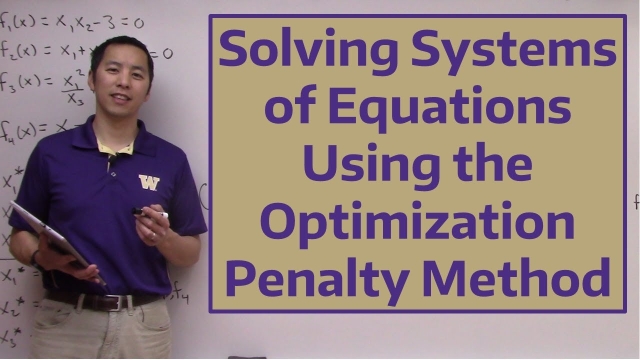
![Inverted Pendulum on a Cart [Control Bootcamp] Inverted Pendulum on a Cart [Control Bootcamp]](/sites/default/files/styles/search_resulkts/public/2020-12/maxresdefault_377.jpg?itok=1srGYhtD)
